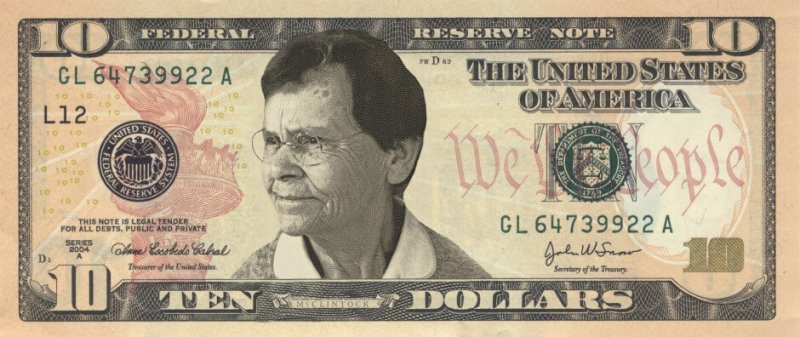The GLP aggregated and excerpted this blog/article to reflect the diversity of news, opinion and analysis.
On June 16th the U.S. Treasury Department announced for the first time in over 100 years that a woman will be on paper money. A team of UC Davis scientists have launched a campaign to put the only woman to single-handily win a Nobel Prize in Physiology or Medicine – Barbara McClintock.
Over the course of her 60+ year career, McClintock established many cornerstones of genetics. She was one of the most prolific researchers in the field of genetics from the 1920s to 1950s. Without a doubt, she was also the most insightful researcher in the history of genetics. She did all of this during a time when people did not know what “DNA” did and their concept of “genes” was in its infancy. McClintock discovered that genes are on chromosomes and that chromosomes are fluid structures in the cell that can be re-arranged, crossed over to exchange material, and that some genes can “jump”.
A nation’s values is represented by the images people see every day on their money. Breaking from the trend would show another value many of us hold – creating amazing science. The United States has sent a man to the moon, unlocked the atom, and decoded the human genome but has yet to show a scientist on its currency.
Over the last 15 years, U.S. funding for science has become stagnant. Putting a scientist on the $10 bill will remind citizens and politicians (who control science funding) that science is important in America.
Gender equality in science has come a long way, but there is much work to be done. Americans need to see that science is not just for men. Many things need to be done to improve the workplace to ensure that half the population is able to fully engage in these fields. But one thing can be done now – with your support, we can put a woman of science on the $10 Bill.
Read full, original post: 3 reasons why Barbara McClintock is a perfect fit for the new $10 bill































